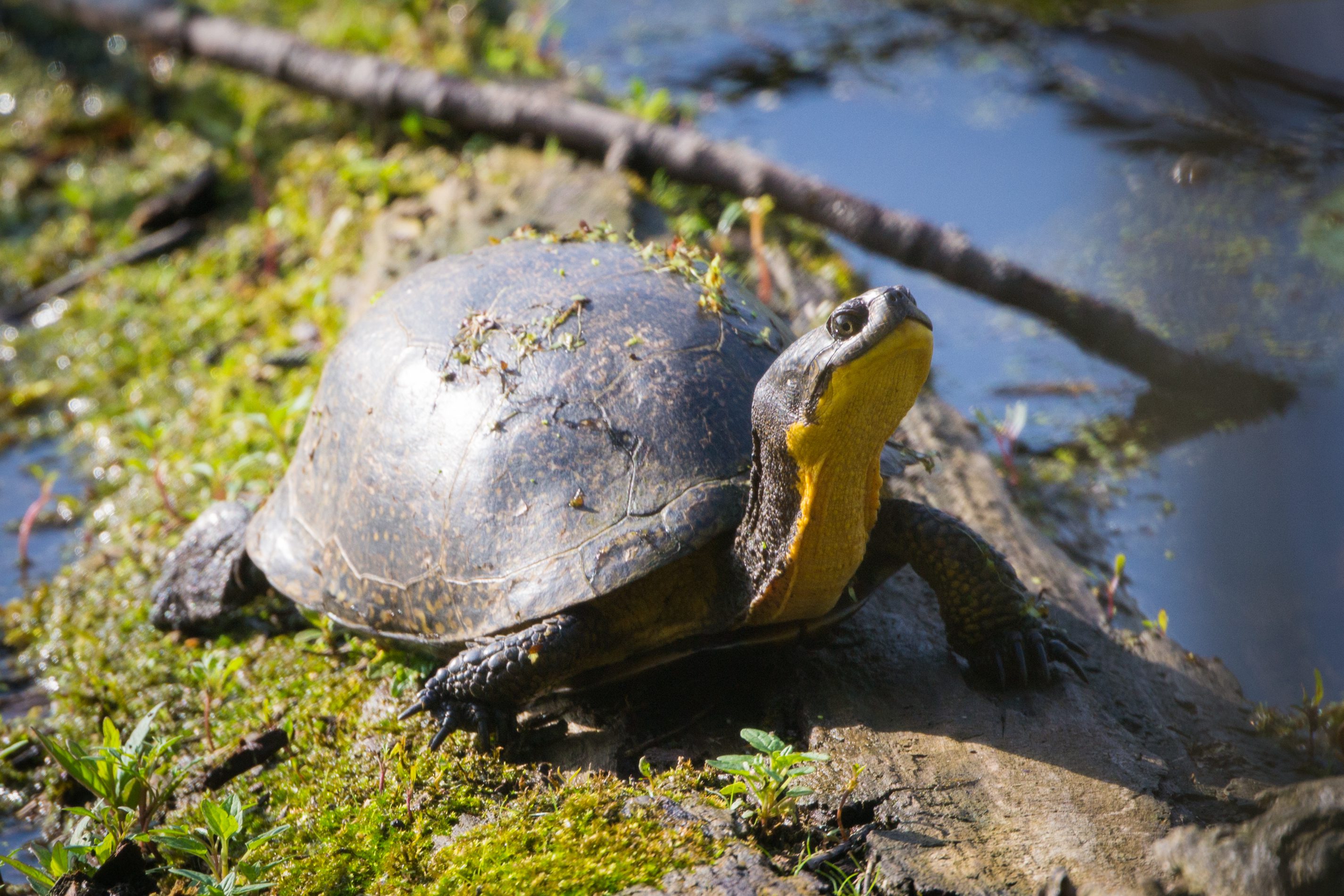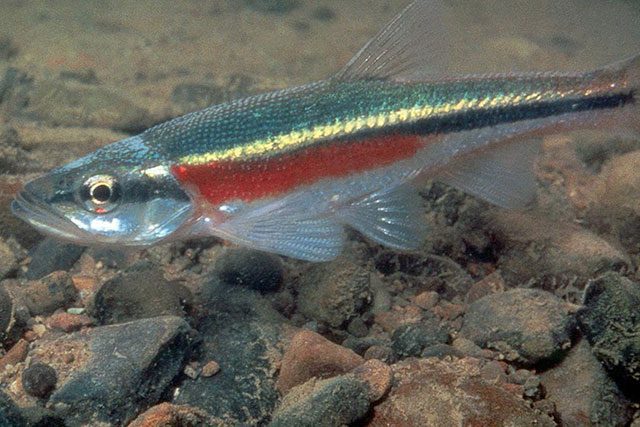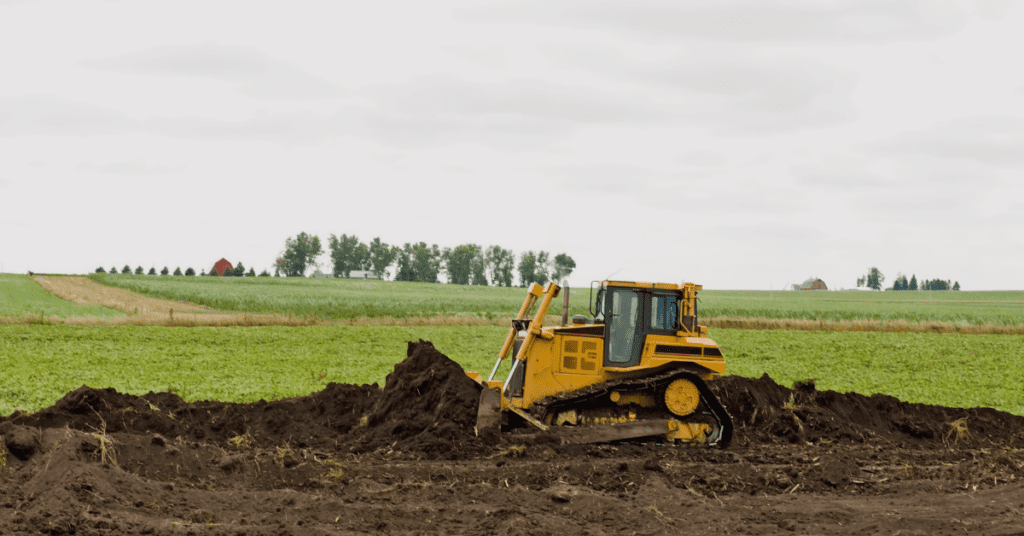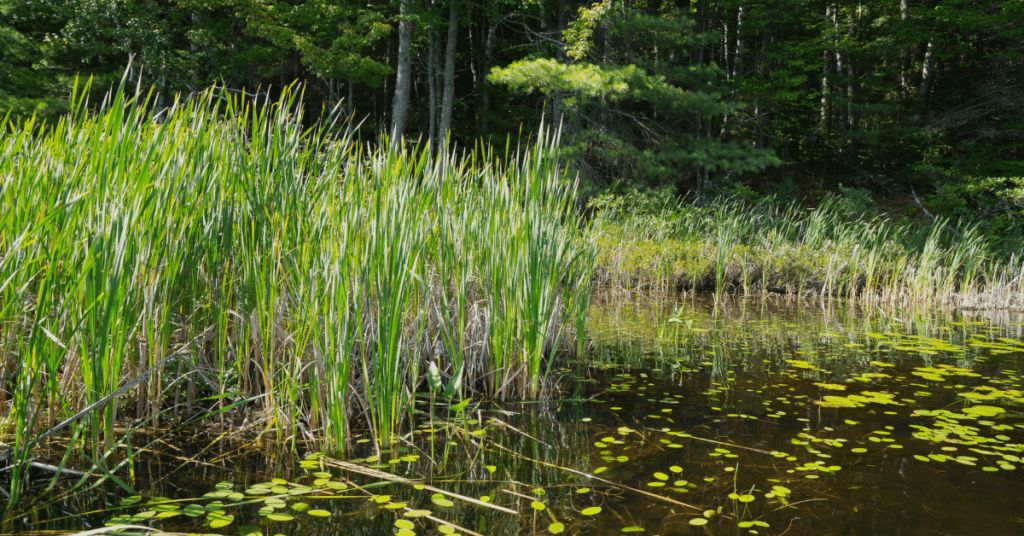In Ontario, there are currently over 200 species of plants and animals at risk of extinction. These species are the most vulnerable and require species-specific conservation efforts to survive. Unfortunately, changes to regulations in recent years clearly highlight Ontario’s lack of effort to protect these species. Policies that had been put in place to protect species at risk have since been whittled down, most notably by the current provincial government, as a way to prioritize development.
Ontario’s (once) Promising Endangered Species Act
Ontario was the first province in the country to pass an Endangered Species Act in 1971. Despite the leadership the province showed, the Act needed significant improvements to effectively protect species at risk. The original 1971 legislation was eventually overhauled to create Ontario’s Endangered Species Act, 2007 (ESA), which at the time was considered to be one of the strongest in the country. The ESA was updated to provide better direction and recommendations to help preserve species diversity in Ontario by focusing on the protection of our most vulnerable species and their habitats. Ontario’s inclusion of protecting habitats was a key element of setting the legislation apart from what was being used across the country and this holistic approach showed early promising signs of species recovery.
In 2019, the Ontario government announced that they would be making changes to the Endangered Species Act. Bill 108 (More Homes, More Choice Act, 2018) outlined revisions which led to significant consequences for many species at risk. The only possible explanation for the changes was to help speed up future development in the province and accelerate urban sprawl plans.
Today, it is impossible to ignore the impacts that the continued dismantling of the ESA has had on many of Ontario’s species at risk. Although each species has been or is currently impacted by different policy changes, they all face the same threat of becoming endangered or extinct. Below we have highlighted just five out of many Ontario’s species at risk and examples of how they have been impacted through past or currently proposed ESA changes.
Species at Risk
Eastern Wolf
Threatened
The Eastern wolf is almost physically indistinguishable from the eastern coyote. The species is only found in Ontario and parts of western Quebec. It is estimated that there are less than 500 mature individuals left in Ontario. Despite being listed as threatened in 2016, population numbers continue to decline which is largely due to habitat loss, hunting/trapping and lack of recovery planning.
The Ontario government has failed to implement any protective measures from habitat loss and hunting and trapping – something that the Endangered Species Act was created to do. A final recovery strategy was required in 2018 but has been delayed by the Ministry due to “complex issues.” The final recovery strategy is still incomplete.
Blanding’s Turtle
Threatened

Blanding’s turtles rely on wetlands and other shallow water bodies for survival. Approximately 20 per cent of the Blanding’s turtles global population range is in Ontario meaning that the province has a fairly large responsibility when it comes to conservation of the species. Many populations in Ontario are small and disconnected. Habitat loss and road mortality are the main drivers for population decline.
Sixty per cent of wetlands in the southern portion of Blanding’s turtle range have been lost due to commercial development. New changes made in the ESA, specifically the Species at Risk conservation trust and fund (aka Pay to Slay fund) has made it easier for industry to destroy Blanding’s turtle habitat. With this change, a party is essentially allowed to destroy habitat, even with known species-at-risk in the area, as long as they are paying a charge to the fund as a way to “replace” the lost habitat. Replacing crucial species-at-risk habitat with dollars does nothing for the actual species that is losing their home.
You can learn more about the Blanding’s Turtle in our Highway 413: The Road to Our Ruin report.
Mountain Lion (Cougar)
Special Concern
The Cougar was already assessed as Endangered in 2008 when the new ESA took effect but was recently downlisted in 2022. The exact population number is unknown, but sightings in the province are rare. When they are spotted, they are most likely found in northern and western regions of the province. The main threat to the species is human disturbance and habitat destruction.
Forestry operations have been permanently exempt from complying with the Endangered Species Act and have been reported in known cougar habitat threatening the already rare and sensitive species. A recovery strategy was required by 2013 but was delayed for years until the downlisting occurred. Now that they are considered “Special Concern” a recovery strategy is no longer necessary despite the species’ rarity in the province.
Redside Dace
Endangered

The Redside Dace is a member of the minnow family and can be found in a few tributaries of Lake Huron, in streams flowing into western Lake Ontario, the Holland River, and Irvine Creek of the Grand River system. Habitat loss and degradation caused by urban development and agriculture are the biggest threats to Redside Dace.
The government just recently proposed changes that will reduce Redside Dace habitat protections. The Ministry wants to change the determination of “occupied” and “recovery” habitats protected under the legislation. Occupied habitat includes areas that have been used by Redside dace throughout the past 20 years, the ministry wants to include only areas that have been used within the past 10 years. Decreasing this timeframe means that less habitat will be protected or restored. They also want to limit recovery habitat to “streams or other watercourses directly adjacent to occupied habitat” which again, limits the amount of habitat protected for the species.
You can learn more about the Redside Dace in our Highway 413: The Road to Our Ruin report.
Boreal Caribou
Threatened

The Boreal Caribou is one of Canada’s most iconic species and can only be found in the boreal forest region of 7 provinces and 2 territories. Human disturbances such as commercial logging are the primary cause contributing to Boreal caribou declines. Boreal Caribou rely on large areas of thick, old-growth forests for survival but over the years these forests have disappeared due to unsustainable logging practices.
For over a decade, Ontario has continuously failed their duty to take action to protect and recover the province’s Boreal Caribou population. Changes in the ESA have allowed the forestry industry to be permanently exempt from following guidelines. This means that the logging industry is not required to prioritize species recovery and are permitted to log critical Caribou habitat and continue on with their plan to ramp up industrial logging in Ontario by 2030.
Where do we go from here?
This gutting of Ontario’s once commendable Endangered Species Act clearly shows that the government does not have a sustainable plan to improve the status of species at risk. In light of the worldwide biodiversity crisis we are currently experiencing, the importance of species and habitat protection should be a top priority and immediate action should be taken. Once a champion for species at risk, Ontario has become a place that prioritizes development over protection.
But, don’t lose hope!
This systematic dismantling of the ESA, along with other major environmental rollbacks across the province like it’s continued push for Highway 413, is part of the reason we’re expanding our Yours To Protect campaign. We need to ensure that this issue doesn’t go unnoticed. We are committed to fight for better protection of Ontario’s most vulnerable species and their habitats by advocating for stronger species policy and raising awareness about the values of biodiversity.








